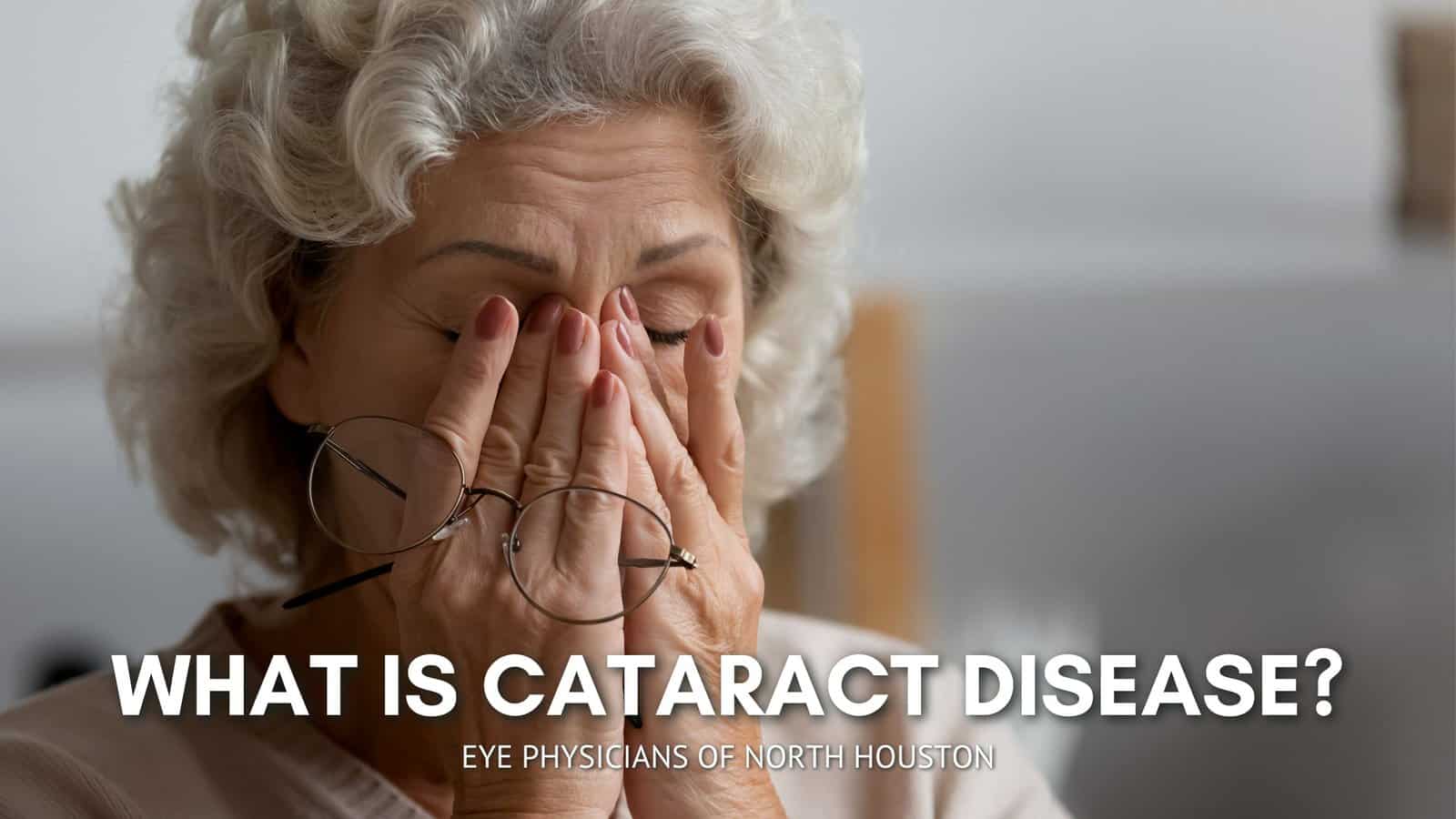Have you noticed clouding in either your own eyes or someone else’s? That would be cataract disease. This clouding in the eye’s lens lies behind the iris and the pupil, cataracts can develop in one or both eyes. At the start of cataracts disease, it’s small and with minimal effect on your vision. Patients with cataracts often report suffering from hazy or blurry vision that increasingly gets worse over time.
Cataracts are one of the most common causes of vision loss in people over the age of 40 and are also the principal cause of blindness in the world.
Types of Cataracts:
- Subcapsular Cataract: A cataract that occurs towards the back of the lens. Those predisposed to this type of cataract include people with diabetes or those taking high dosages of corticosteroids.
- Nuclear Cataract: A cataract that forms deep in the nucleus of the lens. Senior citizens have a greater chance of developing a nuclear cataract since it’s associated with aging.
- Cortical Cataract: A cataract that is characterized by white, wedge-like opacities, which begin in the periphery of the lens and work their way toward the center in a spoke-like fashion.
Causes of Cataracts:
- Age-Related: 95% of all cataracts are age-related; affecting adults over the age of 40.
- Congenital: Cataracts that are present at birth. Typical causes include infection or inflammation during pregnancy; some are inherited.
- Traumatic: Lens damage resulting from blunt trauma, cuts on the face, puncture wounds, chemical burns, ultraviolet light damage, or intense heat exposure to the eye.
- Secondary: Cataracts caused by certain medications, eye diseases, eye infections, or diseases such as diabetes.
Treatment for Cataracts:
If cataracts have not altered your lifestyle or kept you from living your best life, you may not yet need surgery but should be considered down the road. Surgical intervention should be discussed thoroughly with your ophthalmologist when you start to notice changes in your vision due to cataracts, especially if it’s affecting your daily life. You and your doctor will decide the best options for you and if surgery is the right choice for you.
Naturally, it’s understandable to be anxious about this type of surgery – but rest assured, cataract surgery is one of the most common surgeries performed within the United States; in addition, it is very effective with a 90% success rate with patients reporting better vision post-op. This procedure takes usually an hour or less and is quite painless.
Visit a Houston Ophthalmologist:
Our conveniently located ophthalmology practice, open Monday through Friday from 8:00 am to 5:00 pm, diagnoses and treats eye conditions like cataracts and glaucoma for thousands of patients each year. We invite you to schedule an eye examination and discuss laser eye surgery with one of our ophthalmologists in North Houston today at (281) 893-1760. At Eye Physicians of North Houston, we love what we do and are grateful for the opportunity to take care of your eyes!

